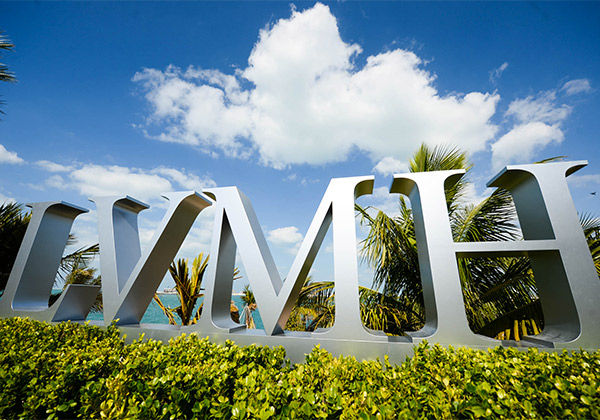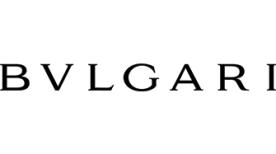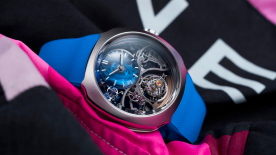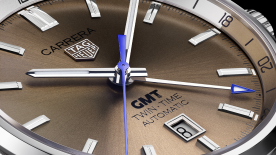Bulgari’s head of timepieces, Antoine Pin, joined the company in the autumn of 2019, bringing his wide experience to bear on the future direction of one of the most exciting brands today in modern horology. At the inaugural LVMH Watch Week in Dubai (a city similarly poised on the edge of an exciting year due to its hosting of the World Expo 2020), he shared with WorldTempus his deeply strategic insights on the brand’s fundamental strengths and what he has in store for them.
This being the first time that Bulgari is doing an event like this — held in a regional market, early in the year, exclusive only to the LVMH group — what do you think is the biggest advantage of this move?
For me, it’s an extremely efficient way of working. We have the opportunity to meet in this very privileged environment, we have one-on-one time, we can make the most of it. Because we are very product driven, having an event like this means that we don’t have to be constrained by the yearly business cycle anymore. I will give you an example. I like being able to launch products in January or February — it makes a lot of sense to present something like an interesting jewellery watch in January, in time for Chinese New Year. But when you work backwards, that means you have to be ready with your production in November, or even October, in order to achieve your on-shelf date. In that way, January isn’t the first month of the year for you, not anymore. It’s the last month of your previous cycle. In terms of production, it frees us up to be able to think this way. We can operate in terms of 18-month or even 24-month production cycles, and having our own event allows us to present things when we want, when we are ready, when it works for us.

You made a reference to your ability to speak to markets at different times, depending on what is appropriate for their calendar — Chinese New Year, for example. It brings me to the point that Bulgari, because it has such a strong identity, will have quite different relationships in each market. The way Bulgari is perceived and interacts with its clients in Australia, for example, will not be the same as in China or Dubai. Can you tell us more about the advantages of this approach, as compared to having a more homogenous experience?
I think your question relates to how we are highly connected to our markets, highly connected to our clients, and how this is a driving force for us. At the same time, you need to provide a certain continuity in our image and the level of our service. And this is where the massive challenge is for us. There is a certain level of contradiction between how close you are to each market and the amount of global direction you impose. But continuity will come in the heritage of the brand, which is a long-term process. This means you can have specific local strategies while still maintaining a global outlook. This is where the “glocal” [portmanteau of “local” and “global”] concept makes a lot of sense. Previously, when I was based in a market instead of at headquarters, I always saw my job as making sure I showed the right profile of the brand. I still believe this is very much the case. We can talk about the brand the same way we talk about people as individuals. The same person can have many different profiles; you don’t talk to me the same way you talk to your family or to your team. And this is totally normal. Bulgari is always the same brand, but with different profiles when we speak with different audiences.
It’s like looking at different facets of a jewel — an appropriate way to talk about a jewellery brand.
Yes, and that’s exactly the balance we want to achieve. It’s the role of every single head of market that we have at Bulgari. The key thing is that you need to be amazing communicators, being able convey the message of the brand in different situations, different languages, both literally and metaphorically.
You mentioned your past experience, before you joined Bulgari, and I wanted to ask you — which aspect of your previous work do you think will be a key factor in allowing you to execute your future strategy for the path of Bulgari?
I’m sorry, I know it sounds really obvious, but for me it’s the knowledge of how to go back to basics. It’s the most important element in everything we're doing, which sounds simple, but maybe not so simple in reality. The basics, for me, come down to this. There is production, that is to say, our products, and it leads back to the people who do our development and manufacturing. We want to inspire them, to allow them the space to take risks and to dare, to take initiative and be creative. This is what brings excitement to the brand. We are lucky to have a CEO [Jean-Christophe Babin] who gives us the chance to do all this.
I like that you talk about the people at Bulgari, because we know, of course, that you have an amazing talent, Fabrizio Buonamassa, who is taking charge of all the creative products that we see from the brand. The most important thing a brand can do is to know how and when to support the people who are bringing out the best in their products.
Exactly, and it goes all the way through from the people on the manufacture side to those who are making a difference for us in the boutiques. How do we give them the tools and support to make the most of what is eventually provided to the client? The products and the experience. At the end of the day, these are the people who deliver for us. So, it’s important to keep in mind all the time: are we really taking risks? Calculated risks, obviously, we’re still a business after all. Are we daring enough, are we pushing the boundaries enough, are we pushing ourselves enough in terms of creating excitement for our clients? This is the central notion of luxury.







